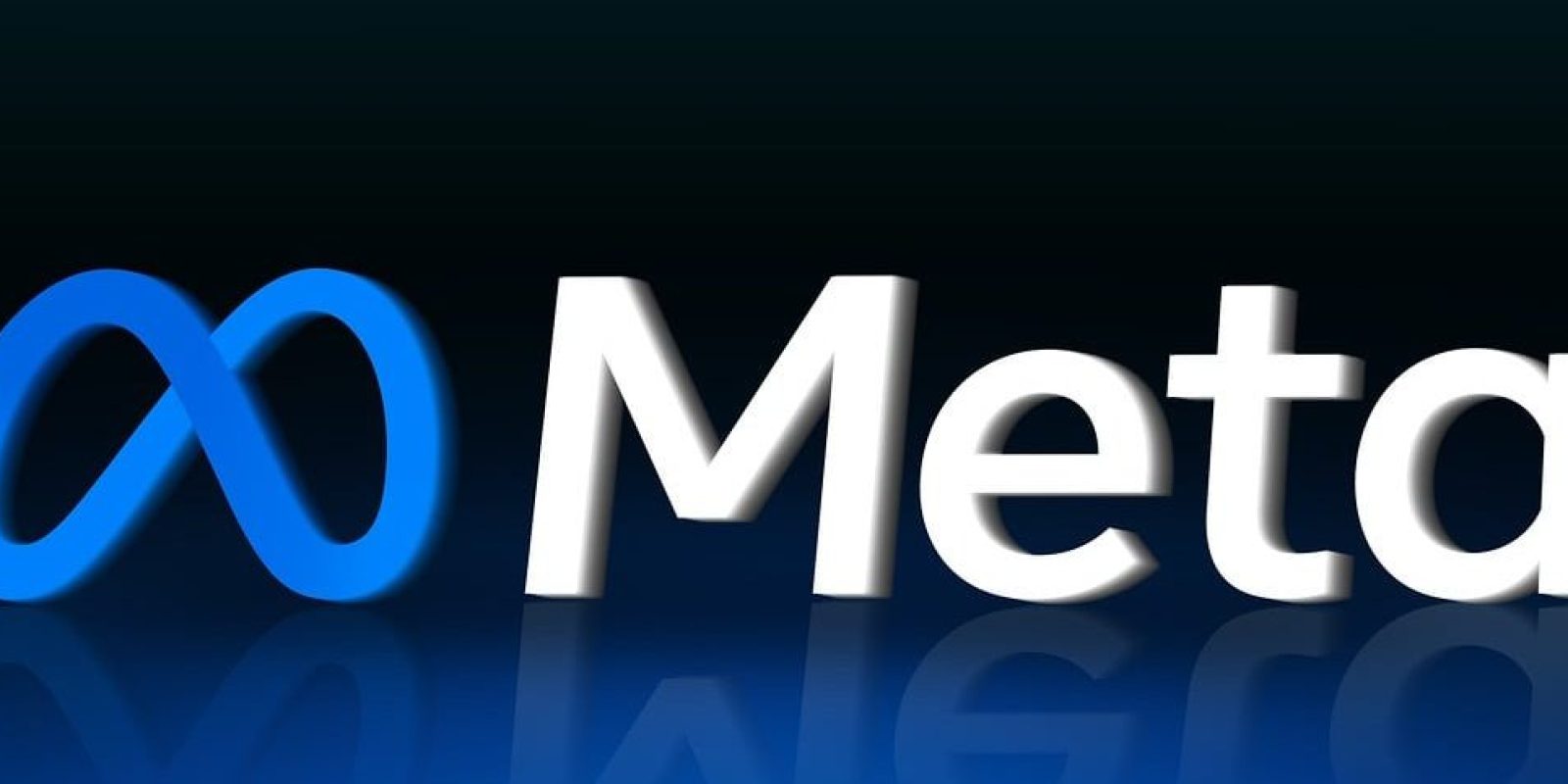Substack is an American platform that offers companies, writers and journalists the opportunity to publish newsletters and other content for free and earn money by asking readers to purchase a subscription to enjoy it. The portal then retains 10 percent from readers' subscriptions. It is a business model that is based on inclusion, meritocracy and "bottom-up" participation, which is also why it wanted to experiment with equity crowdfunding as a mode of financing.
Substack's case study, however, is interesting because it shows how different sources of funding can prove congenial for a startup in different stages of development and historical situations.
Substack was born in 2017 and quickly gained success among niche freelance journalists and writers, who struggle to find space elsewhere, as well as among established professionals, aided by the growing crisis of the newspaper news model and the fortunes of the "parceled" model of reading and media fruition. Later the model expanded to other types of content, such as podcasts.
Today the platform has more than 35 million active subscriptions, of which 2 million are paid subscriptions.
From venture capital to crowdfunding
Substack's growth was very rapid in its first two years, but it needed funding to continue and accelerate. Substack's business model presented the company with a delicate "ethical" issue: the platform's promise is to offer absolute freedom and independence to both writers and readers, avoiding the involvement of advertisers who often end up influencing the direction of content in the media for which they are the main source of funding.
The choice fell on venture capital: with an explicit promise to users not to betray its basic principles, Substack made a first round of funding in 2019 with the Andreessen Horowitz venture capital fund, raising more than $15 million.
A second round of financing with the same fund in 2021 brought $65 million into Substack's coffers, raising the company's valuation to $650 million, despite a revenue of "only" 9 million that year.
In 2022, however, the wind shifted: Substack's success did not stop, but the world around it took complicated and critical directions that ended the period of astronomical valuations and generous funding known to startups in the previous decade and especially in the post-pandemic climate of optimism.
This is why a new round of financing fails in 2022: potential investors turn out to be cautious and wary, and Substack closes the round early.
The company then decides to change its strategy: it aims to increase subscription revenue, applies cost cuts, and prepares a crowdfunding capital raising.
Want to learn more directly with our crowdfunding experts about the topic you are reading about?
Turbo Crowd can reveal to you all the tricks of the crowdfunding trade, explain the capital-raising opportunities available to you, and provide you with practical support to carry out a successful crowdfunding campaign.
Why crowdfunding?
Substack is a network of writers and readers who make money from their writers' earnings. Readers support with their subscriptions only the writers they prefer, with whom an almost personal relationship of loyalty is created.
The idea is to build a community and a new business and information model together with writers: this is what the equity crowdfunding campaign announcement published by the company insists on.
Equity crowdfunding is another way in which authors can participate in Substack's growth and earnings: crowdfunding investors become so because they share an interest with the company, and Substack's content producers fully reflect this characteristic.
By directly targeting its content creators, the platform appeals to an already engaged audience that has everything to gain from the company's growth and can bring significant value (not just economic value) to the project.
Last but not least, equity crowdfunding is more accessible than other funding sources, including venture capital itself, because it requires fewer metrics and guarantees. This is especially relevant for Substack, which in the global economic downturn has had to contend with caution and distrust in the world of professional investors and has had to lower its valuation by about 10 percent since 2021.
Substack marketing strategy
Substack's equity crowdfunding marketing strategy was based on a few pillars:
- specific target
- direct communication
- personal involvement
- ethical ideal
- transparency.
First of all, the platform identified a very specific target audience of potential investors: content creators registered with the platform or interested in it for their work. The secondary target audience was the readers or more generally the users of their content.
From this derived the main strengths of the campaign:
- database of contacts already available
- Sharing of goals with potential investors.
To leverage these strengths, Substack has developed a robust storytelling strategy aimed at conveying to its network those key ideals to transform it into a strong community: shared value generation, freedom of speech, "people power," democratization of culture, and fair pay for work.
Substack's communication has been very insistent on these issues, to counter criticism that sees its business model as a risk for the spread of dangerous ideas and fake news, given the little or no control the platform operates over content.
The most frequently used communication channels were mainly those where the target audience was already located, namely the newsletter for platform subscribers and the internal blog. Among other things, this saved on the media budget. But Substack also acted in a more targeted way: it engaged the platform's most followed writers first and personally, securing their support and, with it, powerful word-of-mouth. Writers, in fact, started talking about the equity crowdfunding campaign in their content, giving the issue great resonance and drawing readers into the project as well.
Finally, the company was careful to emphasize several times the risk of the transaction for an investor, recommending that one should not invest unless one is able to lose capital entirely without suffering serious consequences-a caution that is both compliance with regulations and a demonstration of transparency to supporters (as if to say "we are on the same side").
Equity crowdfunding Substack: results
La Substack crowdfunding campaign took place on the WeFunder platform between the end of March and the end of April 2023.
Goal: $2 million, raised to $5 million after the resounding initial success of the campaign.
Raised: $7.8 million
Investors:: 6.688
Average investment: $250
For Substack, the equity crowdfunding campaign was a continuation of a funding path, which compared to venture capital deals was very small in size, yet all the more relevant as a result of the involvement of private investors. Indeed, the company's founders emphasized that the real added value of the equity crowdfunding campaign-which they called Community Round-is the access to feedback from writers and readers of the platform, which is valuable and meaningful for the future of the service.
Turbo Crowd has made engagement with companies' customers or potential customers a cornerstone of its crowdfunding marketing consultancy, and case studies like this one demonstrate its value. customers or potential customers of companies a mainstay of its crowdfunding marketing consultancy, and case studies like this one demonstrate its value.
Do you need support in preparing a successful crowdfunding campaign and seeking potential investors for your project?
Turbo Crowd can accompany you throughout the process, from organizing the precrowd to closing the collection, developing effective and innovative marketing strategies to best promote your campaign.













































